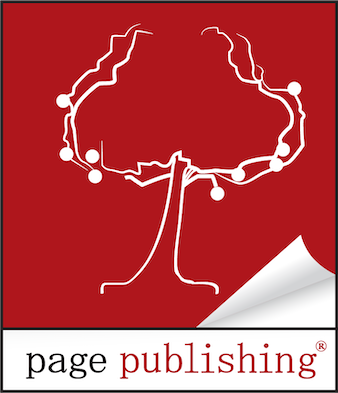
Writers use literary devices to express themselves creatively, add color to their writing, and reveal stories’ themes and overall meaning. These techniques make words pop off the page, creating a more engaging and powerful experience for readers. Read on to discover sixteen of the most common literary devices to explore in your writing.
1. Simile
One of the most used literary devices, similes points out the likeness between two things. They use the words “like” or “as.” For example, her skin was as white as snow. Using similes helps clarify descriptions for readers in a creative way.
2. Metaphor
Like similes, metaphors draw comparisons without using “like” or “as.” For instance, his blood was ice cold. While similes and metaphors are effective, writers should be careful not to overuse them, as they can quickly become cliche.
3. Alliteration
If you’ve tried tongue twisters (Sally sells sea shells), you were playing with alliteration. This technique uses the same sound or letter for multiple words in a row or to start multiple sentences in a row. Using alliteration makes phrases memorable and pleasing to the ear. Authors sometimes use alliteration in book titles, such as Pride and Prejudice or The Great Gatsby.
4. Symbolism / Motif
Symbols and motifs are recurring images throughout a story. They could be images, sounds, smells, or situations. Through repetitive mention, these symbols highlight central ideas and themes of the story, creating a full-circle reading experience.
5. Flashbacks
The backstory is critical to any novel but must be woven in without feeling like an info dump. One way to do this is through flashbacks, where a character recalls a time or situation in the past. Flashbacks give readers important information that can help build on the story or provide clues to what’s happening in the present day.
6. Allusion
An allusion is when a writer refers to another person, place, or thing, assuming the reader will make a connection. It helps condense your writing and cleverly infer meaning. For example, “she felt like she’d just won a golden ticket” alludes to Willy Wonka and the Chocolate Factory.
7. Foreshadowing
Like dropping clues along the way, foreshadowing gives hints to the reader about what may be coming. It’s used to create suspense or a sense of unease and is an excellent strategy for keeping readers engaged and turning the pages.
8. Satire
Satire is a device that pokes fun at something in social or popular culture and is used as a light-hearted ridicule. Often used in conjunction with humor and/or irony, it’s a way to criticize something about human nature.
9. Allegory
Allegories are stories that serve as symbolism to a more prominent theme. Much like metaphors, only longer and more extended allegories express complex ideas in a way that readers can more easily grasp. One great example is George Orwell’s Animal Farm.
10. Onomatopoeia
Splash! Bang! Boom! Onomatopoeias are words whose pronunciation mimics the way it sounds. This literary device improves the flow of the prose and makes the reader feel like they’re in the scene with sound effects.
11. Euphemism
Euphemisms are words used to replace other terms that may be offensive or less polite. For instance, some people prefer to say someone “passed away” rather than “died” or “let go” instead of “fired.” To many, the use of euphemisms is considered more politically correct.
12. Colloquialism
How’s it goin’? Y’all keeping up with all these literary devices? These are two examples of colloquialisms: words and phrases used in informal communication or as a representation of a particular region or demographic. They’re great for casual conversation and dialogue to make it sound realistic and natural.
13. Personification
This literary device gives human characteristics to inanimate objects. For instance, describing the wind as cruel or stars leaping through the sky. Other examples include news traveling quickly and the sun smiling down on people. Personification makes writing more lively and helps create a visual image in the reader’s mind.
14. Imagery
While it might seem like a no-brainer, creating imagery in a story is a literary device writers use. Imagery includes setting the scene through a detailed description and creating an ambiance using all the senses: visual, auditory, tactile, etc. Compelling imagery in writing will give the reader an emotional, sensational experience.
15. Tone
Will your writing be serious? Humorous? Deep or light? Playful or intimate? All these are different tones—attitudes a writer takes toward the work. Some genres are known for particular tones (for instance, rom-coms are usually light and comical). Deciding which tone to take is crucial, so you are consistent throughout the book and do not confuse the reader.
16. Cliffhanger
A cliffhanger is when a writer leaves something unresolved to increase suspense. They’re used at the end of chapters or a whole book, especially if it’s part of a series. Because they create intrigue and curiosity, cliffhangers are a strategic way to keep readers wanting more.
Writing is about personal style, and it’s up to an individual author to decide which literary devices are best for their book. However, combined, they are highly effective in shaping a writer’s unique style and, in turn, a book that stands out.
